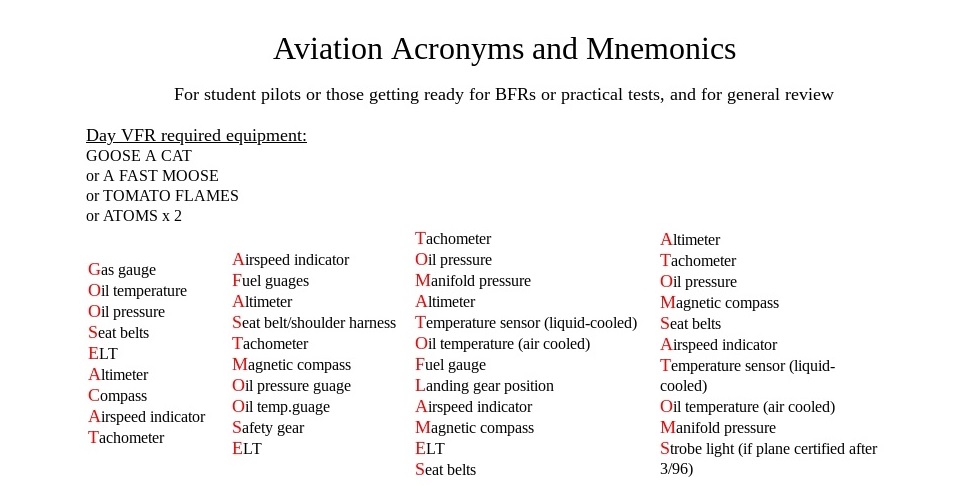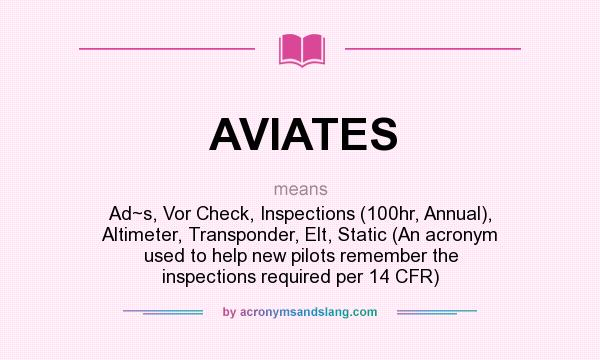

From AAR (airport arrival rate) to ZFW (zero-fuel weight), this dictionary can handle just about any aviation-language question you throw at it. Years later, a venerable aviation publishing house-Washington State-based Aviation Supplies and Academics (ASA)-produced its own Dictionary of Aeronautical Terms (compiled and edited by Dale Crane). I had to get my hands on it for my own students. It was two volumes, more than a thousand pages. She told me she’d put together a loose, spiral-bound “dictionary” of aeronautical terms and acronyms. One day, I was speaking with a colleague from the east coast of Florida, Deborah Balter, who taught aspiring pilots for whom English was a second language. In my research I spent a lot of time combing the appendices of the FAA-sanctioned textbooks of the time, including the Pilot’s Handbook of Aeronautical Knowledge, Instrument Pilot Handbook and beyond. I was a new flight instructor looking for ways to help my students understand the baffling language of aviation. It wasn’t easy, though, and as I progressed through my ratings and certificates, working my way to my first flight-instructor job, I kept wondering, “Why isn’t all this stuff codified somewhere?” It probably didn’t hurt that I was working my way through college at the time, and my mind was wide-open to all the new information-I envy that “me” today.


What I didn’t realize when I learned to fly was that I was also taking on a new language, “aviation speak,” as well. I’ve always been partial to simplicity when attempting to solve life’s biggest challenges, and for me, learning a new language has been one of the toughest I’ve ever undertaken.


 0 kommentar(er)
0 kommentar(er)
